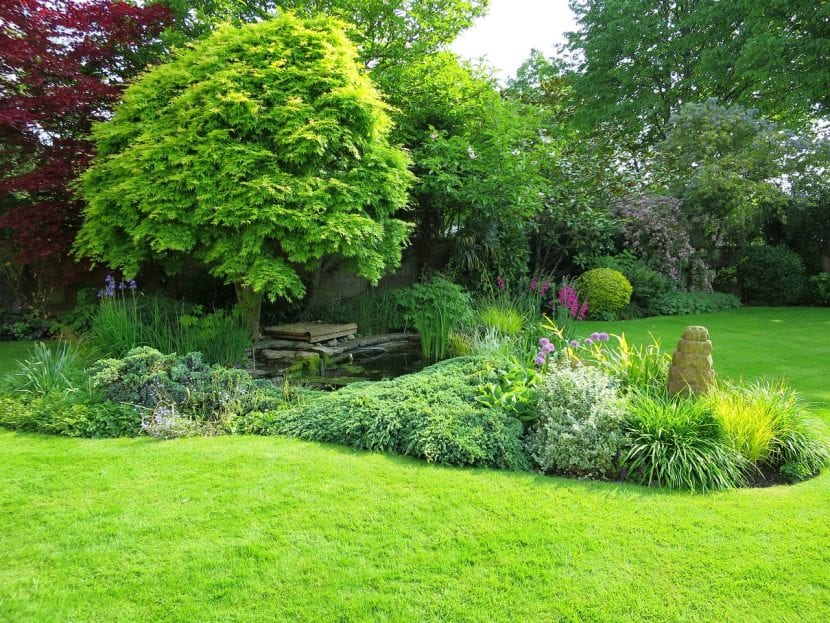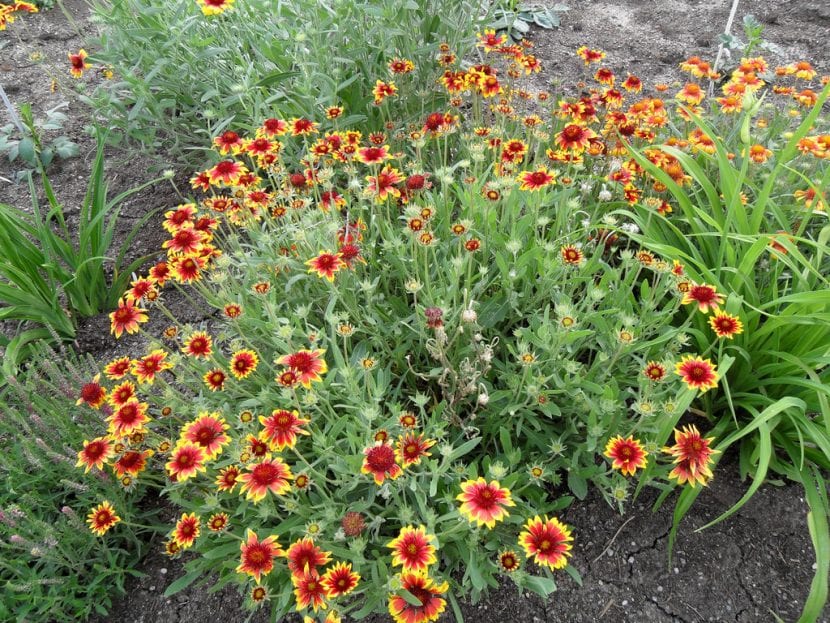
A garden is an unfinished work of art. A work that is made by living beings that, as we all know, are not perfect. Humans can sometimes make mistakes that over time will become visible in our favorite corner of the home.
Planting cypress trees too close together, not finishing delimiting the different areas well, placing a tree that is too large close to home,… these are just some of the things that can happen. To do? Well, whether we want to solve these small setbacks or if we would like to include new elements, then we will explain how to reform the garden.
Protect the »old»

As the years go by, the plants grow, develop and become more and more beautiful as they adapt to the climate and conditions of the place. If we plan to reform the garden, it is highly recommended to keep this in mind: the age of the natural space itself. A young garden can be very beautiful, but an "old" one is a real gem.
So, you don't need to get rid of… anything. 🙂 Yes, If we plant trees that are causing problems to the pipes or the ground, we will have no choice but to replace them with others. Why? Because there are some, like the Rubber plant, ulmus, the Zelkovas, the tipuana or Delonix, which have very invasive roots. When we buy one in a nursery, it can give us the feeling that it is harmless, but shortly after being in the ground its roots begin to grow in an amazing way. What trees to put up? Those that are not invasive, like the ones on this list:
- Citrus (lemon Tree, Orange tree, tangerineEtc.).
- Prunus (fruit or ornamental trees, all species of this genus are ideal plants for gardens)
- Palms (Any species, but those with a thin trunk are especially recommended, such as the chambeyronia or the Archontophoenix for places protected from the sun, Trachycarpus, chamaerops or the Veitchia and roystonea for tropical climates.
- Cercis: both the C. siliquastrum such as C.chinensis.
- Viburnum lucidum (See file)
- Cassia fistula (See file)
It will also be convenient remove those conifers from the hedge that look weak or diseasedThey could have diseases caused by lack of nutrients and "spread" them to others, putting the entire hedge in danger.
Fill in the gaps

Gaillardia, a very low maintenance flowering plant.
One of the things that usually happen very often is that in the garden there are holes left or that we suddenly find areas where we could not plant anything before, such as putting shade plants around the trunk of a tree. What to do with them? Give them lifeCourse.
In garden stores we will find many low-growing plants with which to have incredible corners, such as the typical flower plants (gazania, dimorphotheque, geraniums, carnations), shrubs such as hibiscus, oleanders or Polygalas, or, if what we are looking for are shade plants, we can put Ferns, begonias, aspidistras or palm trees like those of the genus Chamaedorea, which grow only up to 4m.
Integrate the »new» while respecting what was already there

The key to the success of the reform lies in integrate the new in a way that does not clash. Thus, if we have the pool lined with granite, we can put that entire area with wooden floors for the outdoors. Ideally, the colors and shapes make the place continue to look the same or more harmonious.
To complete the room, you can even add some lanterns or garden lamps, or a trellis where a jasmine can climb. A single detail can greatly improve the area.
In case of doubts, it is highly advisable to consult a specialized landscaper.